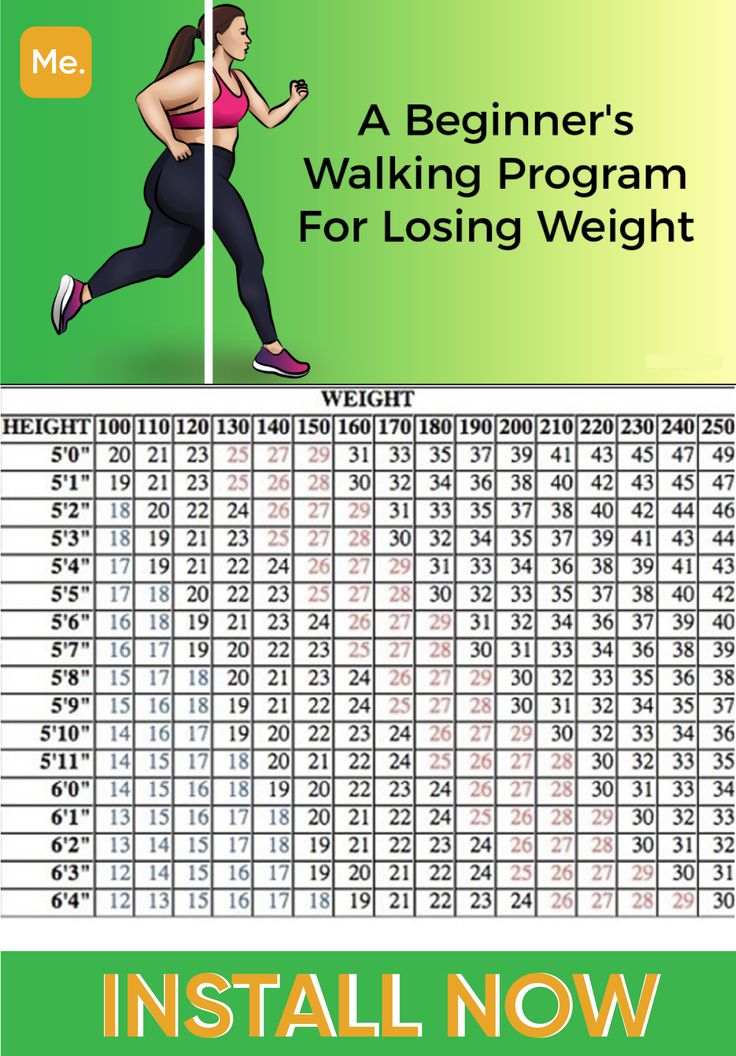
The connection between exercise and weight management is not only beneficial for people who are overweight or obese, but it also has several positive health effects. For long-term health, regular exercise is essential. To lose weight and maintain a healthy weight, you should aim to exercise for 30 minutes each day. Increasing your physical activity will also boost your overall health, as is reducing sedentary time. Experts recommend you get 150 minutes of moderately intense physical activity every week. If that is not possible you could also consider yoga which is great to lose weight.
Moderate intensity
Studies show that moderate-intensity exercise can increase the sense of fullness in pregnant women and decrease their food intake in the latter stages of their pregnancy. Researchers at Hopkins and Blundell JE looked into the effects of exercise in controlling appetite over the short- and long-term. Moderate intensity exercise can also help improve mood and self confidence, which are key factors in weight loss. A moderate-intensity workout may be more beneficial for those who don't enjoy vigorous exercise.
Exercise scientists use a simple test that measures how intense an activity is to determine whether moderate-intensity is beneficial. Participants are asked for their intensity by being asked to speak and exhale heavily for a period of 10 minutes. Moderate-intensity exercise is a great way to incorporate physical activity into one's lifestyle, and can include simple activities like walking two miles, biking five miles, or participating in water aerobics for half an hour.

Cardiovascular
Cardio exercise is essential for weight management. It increases your heart rate, lung capacity, and cardio training can help you do that. Cardio is an important part of your workout, whether you're a beginner or an experienced bodybuilder. Cardio exercises include running, jogging, swimming, cycling, and other exercises that challenge your heart and lungs. The CDC recommends cardiovascular exercise for at least 30 minutes every day. Other cardio exercises include cross-training and jumping rope, hiking, kickboxing, and skipping.
Cardio training can improve your immune system by reducing the risk of illness and bacterial infections. It improves blood circulation and keeps your body healthy. You're at risk of having a stroke or a heart attack if your circulation is poor. Cardio is good for burning calories, but it should be used in conjunction with strength-training to help you manage your weight. It will be easier for you to stick with your workout routine if it is enjoyable.
Strength training
Strength training is a vital part of any fitness program, no matter if you are trying to lose weight or manage it. It not only burns calories, but it also preserves your mobility and joints. Strength training can improve balance and lower your chance of falling. There are many benefits of strength training, including the reduction of the signs and symptoms of many chronic diseases. What exactly is strength training?
Eating excess post-exercise oxygen consumption (EPOC), is a great way to burn calories. Strength training is more energy-intensive than traditional exercise. This means that you burn more calories during your workouts and recovery. This is why strength training is often called post-exercise. Strength training can boost your metabolism and reduce calories by up to 200 calories after every workout. It can also help you lose fat.

Yoga
Yoga can help you lose weight, one of many benefits. It improves your flexibility and strength while at the same time building mental focus. Regular yoga practice can help with weight loss and maintaining a healthy lifestyle. It has been proven that yoga can help lower cortisol levels which are known to be a killer of fat loss. Yoga forms such as Vinyasa and Ashtanga are great for cardio.
Professional guidance is essential when you start a yoga exercise routine. Your primary doctor might be an expert in integrative medical and can help you create a personalized exercise program. Your doctor may recommend that yoga-certified physical therapists be sought out. They are more likely be able provide personalized attention and guidance. Yoga might not be a good choice if your health is at stake.
FAQ
What's the difference between intermittent fasting versus calorie restriction
Calorie restriction can be defined as eating less than your body needs. Intermittent Fasting is different in that it doesn't restrict calories. Instead, the emphasis is on eating fewer calories each day.
Intermittent fasting is more effective because it allows you to enjoy foods you love without feeling guilty.
However, both methods have their pros and cons. It is up to you to decide which method you prefer.
What Amount of Weight Can You Lose In A Week?
The amount of weight you can lose depends on your current body fat percentage. You need to determine how much weight loss you are looking for. Your BMI is a measure of how much weight you need to lose. If your BMI is 25 or greater, you're overweight. If your BMI exceeds 30, you may be obese.
For example, let's say you have a BMI of 28.7 and are 200 pounds. To reach a healthy weight, you would need to lose 70 pounds. To see if you're overweight, visit www.healthyminds.com/bmi/.
You can calculate the number of pounds you'll lose each week by knowing your BMI.
(Your Goal Weight - Current Weight)/BMI * 7 Number Of Pounds Lost Per Week
For 50 pounds to be lost in one month, it would take 2 weeks of exercise. 56 days is equivalent to 7 pounds per day. That works out to 8.3 pounds lost per week.
You could also try this calculator from www.weightlosscalculator.net. It will give you an approximate estimate of the calories you need to lose 1 pound each week.
What can I have in the morning when I'm intermittently fasting?
Water should be consumed first thing in the AM. This will make you feel fuller and give you energy all day. If you want to add flavor, try adding lemon juice or cucumber slices.
Why should you lose weight before reaching 40?
For people over 40, maintaining good health and fitness are essential. It is important to stay fit throughout your life. This includes regular exercise, eating right, not smoking, moderate alcohol, and regular exercise.
It is also important to understand that as we get older, our bodies change. Our bones become weaker, and our muscles begin to shrink. By taking care of our bodies, we can slow the aging process.
Being healthy and active as we age has many benefits. These include:
-
Better sleep
-
Improved moods
-
Enhanced energy levels
-
Lower risk of developing cancer
-
A longer life
-
More independence
-
Better sex
-
Greater memory
-
Greater concentration
-
Improved circulation
-
Stronger immune system
-
There are fewer aches and pains
Are there side effects to intermittent fasting
There are no known negative side effects of intermittent fasting. However, if you don't plan properly, you might experience some minor issues.
For instance, if breakfast is skipped, you might feel uneasy all day. Other symptoms include headaches, dizziness and fatigue as well as muscle cramps.
These symptoms typically disappear in a matter of days.
Statistics
- One study in 9 active men found that HIIT burned 25–30% more calories per minute than other types of exercises, including weight training, cycling, and running on a treadmill (18Trusted Source (healthline.com)
- One 6-month study showed that simply doing 11 minutes of strength-based exercises 3 times per week resulted in a 7.4% increase in metabolic rate, on average. (healthline.com)
- A 12-week study in 20 women with obesity found that walking for 50–70 minutes 3 times per week reduced body fat and waist circumference by an average of 1.5% and 1.1 inches (2.8 cm), respectively (healthline.com)
- It's estimated that half of all American adults attempt to lose weight every year (1Trusted (healthline.com)
External Links
How To
How to Intermittent Fasting
Intermittent fasting, a type of dieting that allows you to only eat one time per week, generally Monday through Friday. This allows you to reduce your calorie intake and still get adequate nutrition. This is believed to help you burn more fat than if your meals were regular throughout the week.
The most common form of IF involves restricting calories only on certain days of the week. This means that you would skip breakfast every morning and then consume whatever food you want during the rest of the day. You could also choose three small meals instead of two large meals per day.
You can choose from many different types of intermittent fasting such as alternate day fasting (alternative day fasting), 5/2 fasts (8/4 fasts), 16/8 fasts, and so on. There are pros and con's to every type of intermittent fasting. Alternate Day Fasting is the easiest to begin because you don’t have to make significant changes in your life. But, there are some people who find it hard to follow such a strict schedule. These people might prefer to try different methods.
If you're looking to start an intermittent fasting routine, I recommend starting with alternate-day fasting. This will allow for gradual transition to more extreme fasting without having to change your lifestyle.